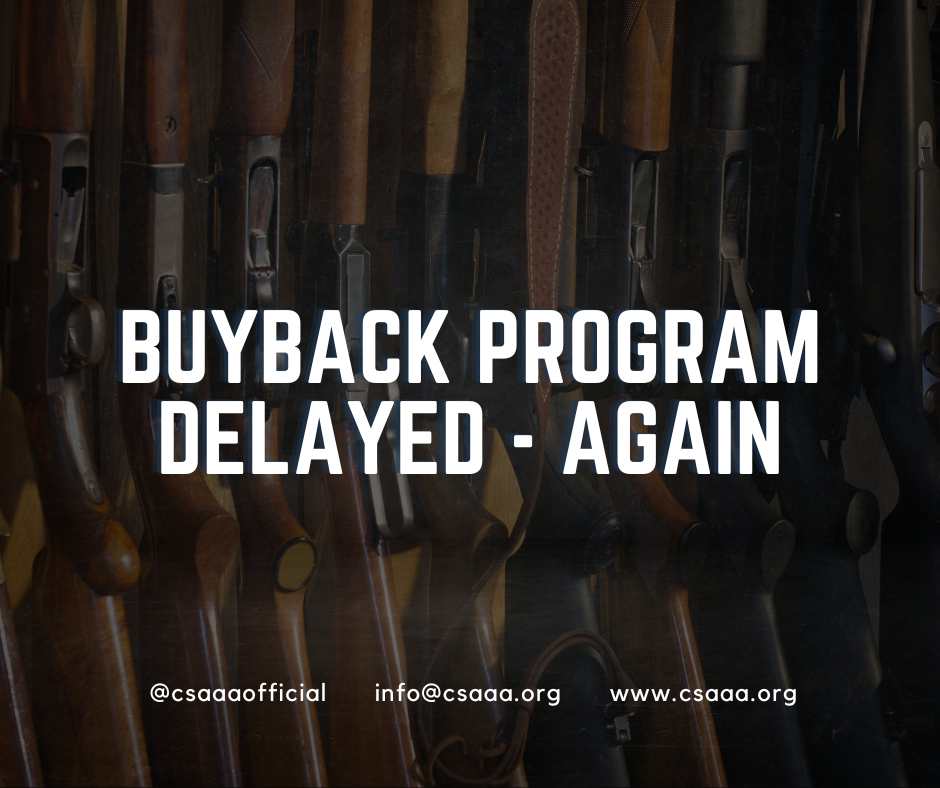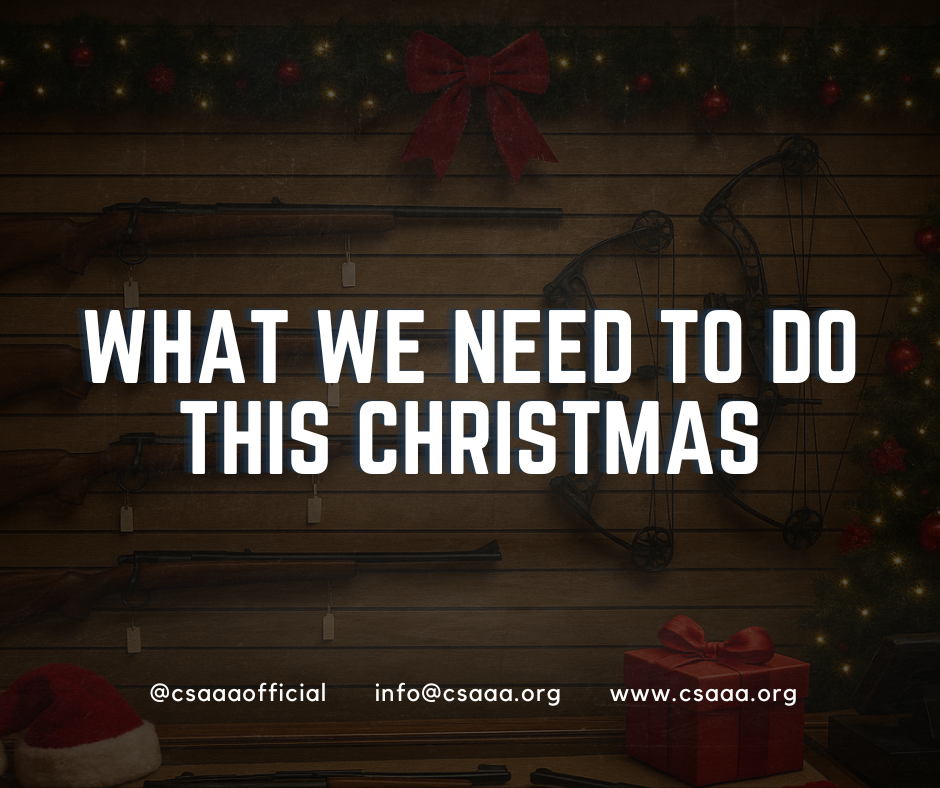With Canada’s “new” federal government, the firearms industry is renewing it’s call to leaders to prioritize crime reduction policies grounded in evidence rather than public perception, which ends up targeting small businesses and lawful gun owners. The Canadian Sporting Arms and Ammunition Association has outlined several key areas of concern and reform, emphasizing the need for a more logical and workable approach to firearms regulation.
Main issues are the ineffective prohibitions and costly federal firearms “buyback” program. Introduced in 2020 as a response to public safety concerns, the program was designed to remove certain prohibited firearms from circulation. However, five years later, the initiative remains largely unfulfilled. Despite claims of urgency when the bans were introduced, the firearms remain untouched in private collections without issue or concern.
While a compensation program has been established for businesses, individual gun owners, those who legally acquired and safely store their firearms, still have no clear path for disposal or compensation. Subsequent prohibitions have added additional models to the list without any compensation framework in place, creating even more confusion and frustration within the industry and community.
The CSAAA argues that this disconnected approach not only fails to enhance public safety but continues to unfairly burden taxpayers and target businesses and law-abiding sports shooters and hunters.
A rarely considered issue is the impact on disabled individuals who rely on modern, lightweight, semi-automatic firearms that are easier to handle. These are the kinds of firearms that have been prohibited, limiting accessibility for some of the most vulnerable members of the hunting and sporting community. There is a serious disconnect between policymakers and the practical realities faced by firearms users, particularly in rural and Indigenous communities.
Another pressing issue is the classification of firearms. Prior to 2020, classifications were typically based on mechanical function. That changed with the introduction of vague definitions such as “assault-style,” a term that lacks true technical clarity and has led to arbitrary prohibitions. This has created significant uncertainty for firearms businesses, which may import or order guns that are later banned despite being functionally identical to other legal models. These models are often prohibited after the firearm has been ordered, but before they even hits the shelf for sale.
The CSAAA is calling for a more rational and consistent classification framework, one that includes meaningful consultation with industry experts. While the RCMP has traditionally been tasked with classifications, the association argues that without industry involvement, the current process remains biased and inconsistent.
Another significant challenge that a new government could assist with is the accessibility of ammunition, particularly in remote and Indigenous communities. Due to a lack of willing carriers and Canada Post’s refusal to ship ammunition, (stating it’s reasonings to be both policy based and a matter of safety concern) many residents of rural and Indigenous communities face serious obstacles in obtaining the supplies they need.
The CSAAA yet again points to a lack of understanding among policymakers and federal agencies about the nature and stability of ammunition. They stress that modern ammunition is highly stable and poses no unreasonable risk during shipment, a fact that should be reflected in logistics policies.
This issue is not just one of convenience but one of culture and survival. In remote areas, ammunition is necessary not only for hunting but also for protection against wildlife and livelihoods. On top of access issues, supply chains tightening and import volumes shrinking have caused prices to soar, making it even harder for these communities to maintain their way of life.
As the newly elected federal government gets to work, the CSAAA urges a reset in how firearms policy is approached. Rather than continuing to target the legal supply chain, the association advocates for evidence-based strategies that address the root causes of firearms crime, improve public safety, and preserve the rights and culture of law-abiding Canadians. Comprehensive industry consultation, evidence-based policy, clarity in regulation, and access to firearms supplies remain key priorities moving forward.
The CSAAA looks forward to continuing their work with policy makers and government officials to advocate for the best interests of the industry and regulations that won’t decimate Canada’s healthy, lawful firearms businesses and community.
Firearms businesses are vital to Canada’s economy, culture, and heritage. From retailers and distributors to instructors and outfitters, they support tens of thousands of jobs and serve countless communities. CSAAA is proud to represent them and will continue working tirelessly to protect their future.














